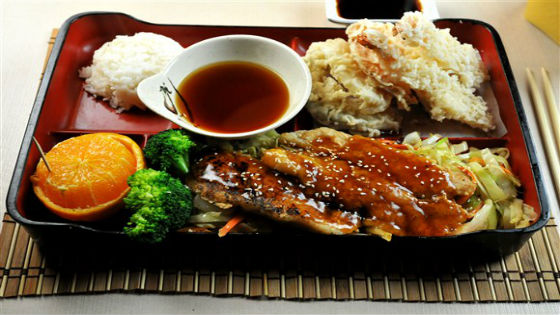Types of Korean picnic food
Korea is blessed with great seasons and awesome weather in general that people love to do outdoor activities such as hiking and picnicking. Given the abundance of natural wonders and parks available in the country, it is not surprising anymore that a majority of Koreans prefer to spend their quality time with family and friends on picnic grounds. But what is a picnic without all the delicious picnic food? Today we will be giving you a list of typical Korean picnic food items that you should prepare anytime soon:
1. Korean rice rolls (kimbap)
Kimbap is one typical Korean food item that usually fills most Korean picnic baskets. This finger-lickin’ snack food has a lot of varieties depending on the filling. Egg, vegetables, pork, chicken or basically anything that you want to use as a filling is great for this highly popular picnic food. Enjoy eating this food using your bare hands, which adds more to the fun!
2. Korean dumplings (mandoo)
Enjoy these bite-sized dumplings that are prepared in a variety of ways: pan-fried, steamed, or boiled. Meat lovers and even vegetarians can rejoice given that mandoos can have a variety of fillings depending on your preference. These dumplings can be added in soups with flavourful broths, and this just means that Korean dumplings is one of the most versatile snacks out there.
3. Korean summer rolls
Nothing beats the feeling of munching on these Korean spring rolls filed with your choice of meat and vegetables, perilla leaves or kaenip and spicy chilli paste or kochujang. Feel free to stuff these spring rolls with seasoned carrots, cucumbers, lettuce, and other vegetables with your choice plus some bits of chicken, pork, or even shrimp. Make sure that you don’t forget the peanut dipping sauce because the nutty texture and flavour of that sauce just goes perfectly with these spring rolls.
4. Korean rolled egg omelette (gaeran mari)
This Korean rolled egg omelette (Gaeran Mari) is one of our favourites because it is tasty, filling, and can also be made out of a variety of ingredients. Feel free to add some bits of ham, chicken, bell pepper, carrots and other vegetables that you want into the egg mixture so that the outcome will be a visual feast of omelette rolls that will be just too visually appealing to even be eaten. It also helps that this picnic food is a great source of protein.
5. Korean Potato Salad
Korean potato salad is just so filling that you wouldn’t even need breads and other carbohydrate-rich food items on the side. The best part about this Korean version of potato salad is not only its creaminess but also the variety of ingredients that you can put in, such as apples, pineapples, carrots, ham and even cheese.
Do you prefer any type of Korean picnic food? We’d love to know. We’d also love to hear from you at Korean BBQ Online, Sydney’s best Korean BBQ online shopping and delivery service. Check us out today!




















































